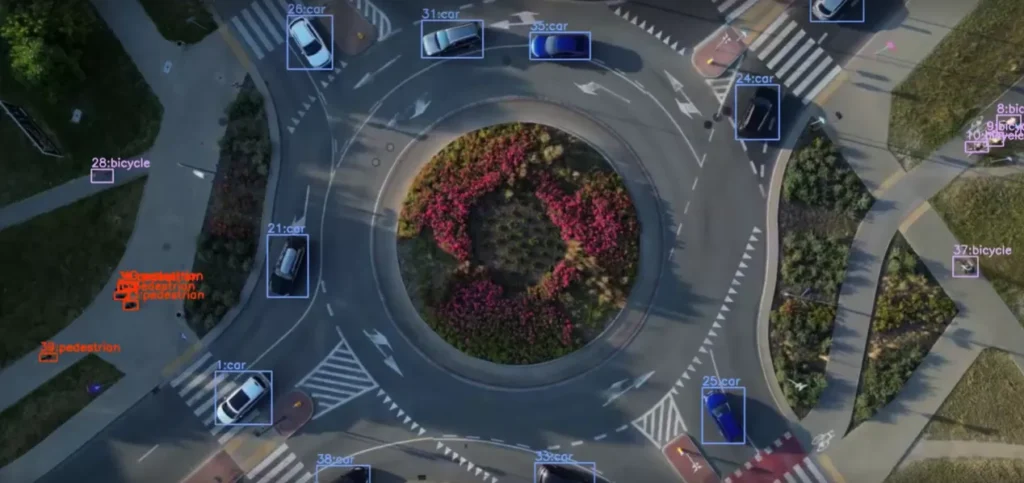
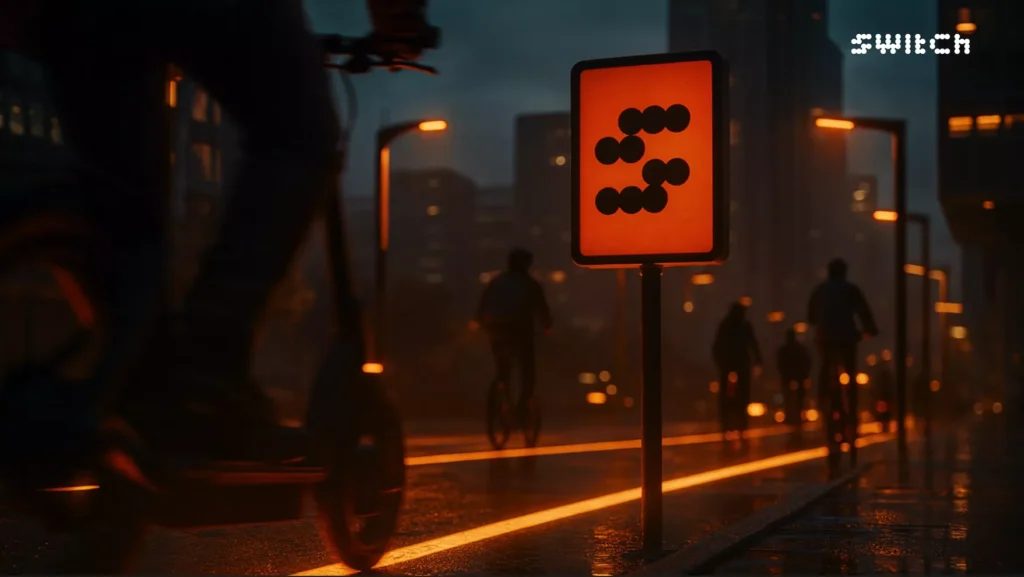
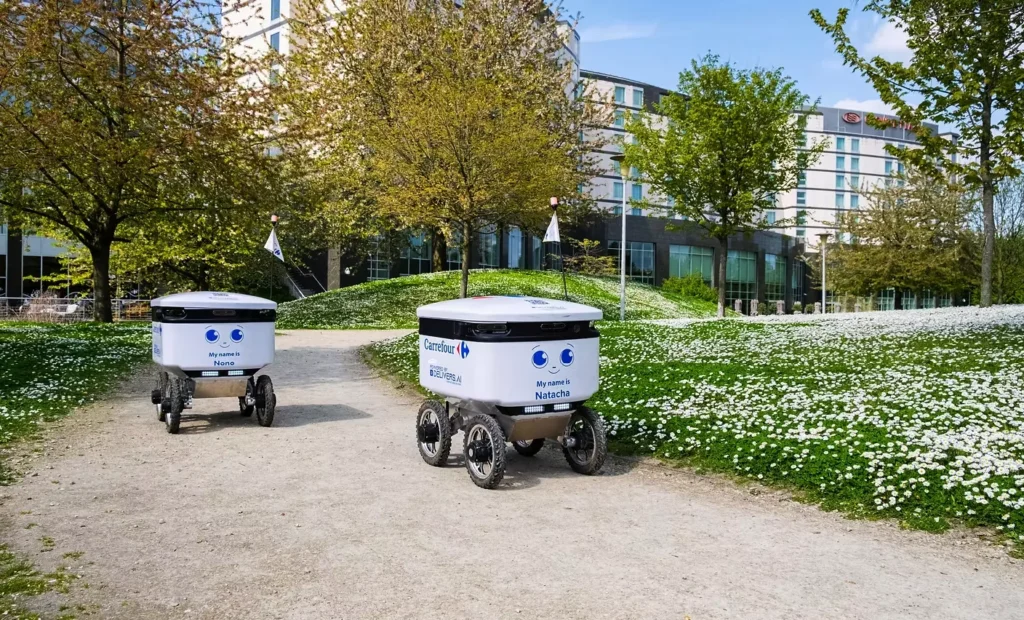
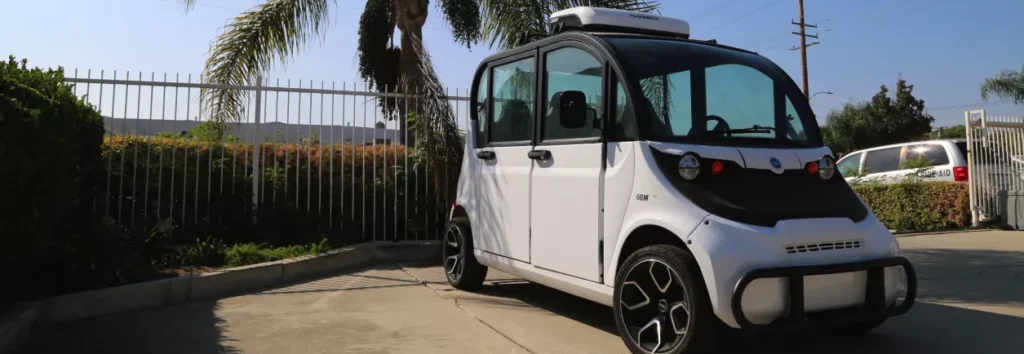
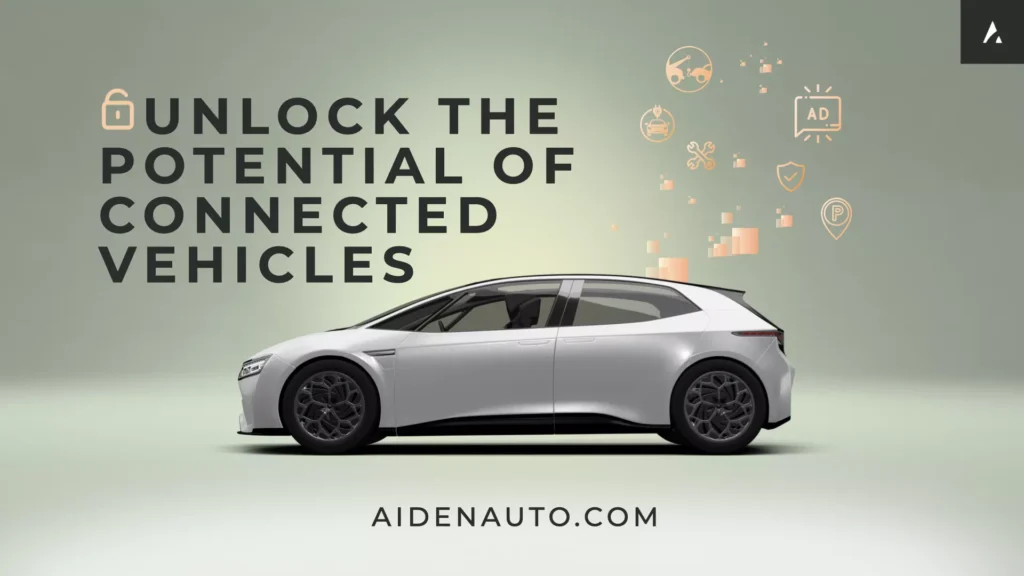





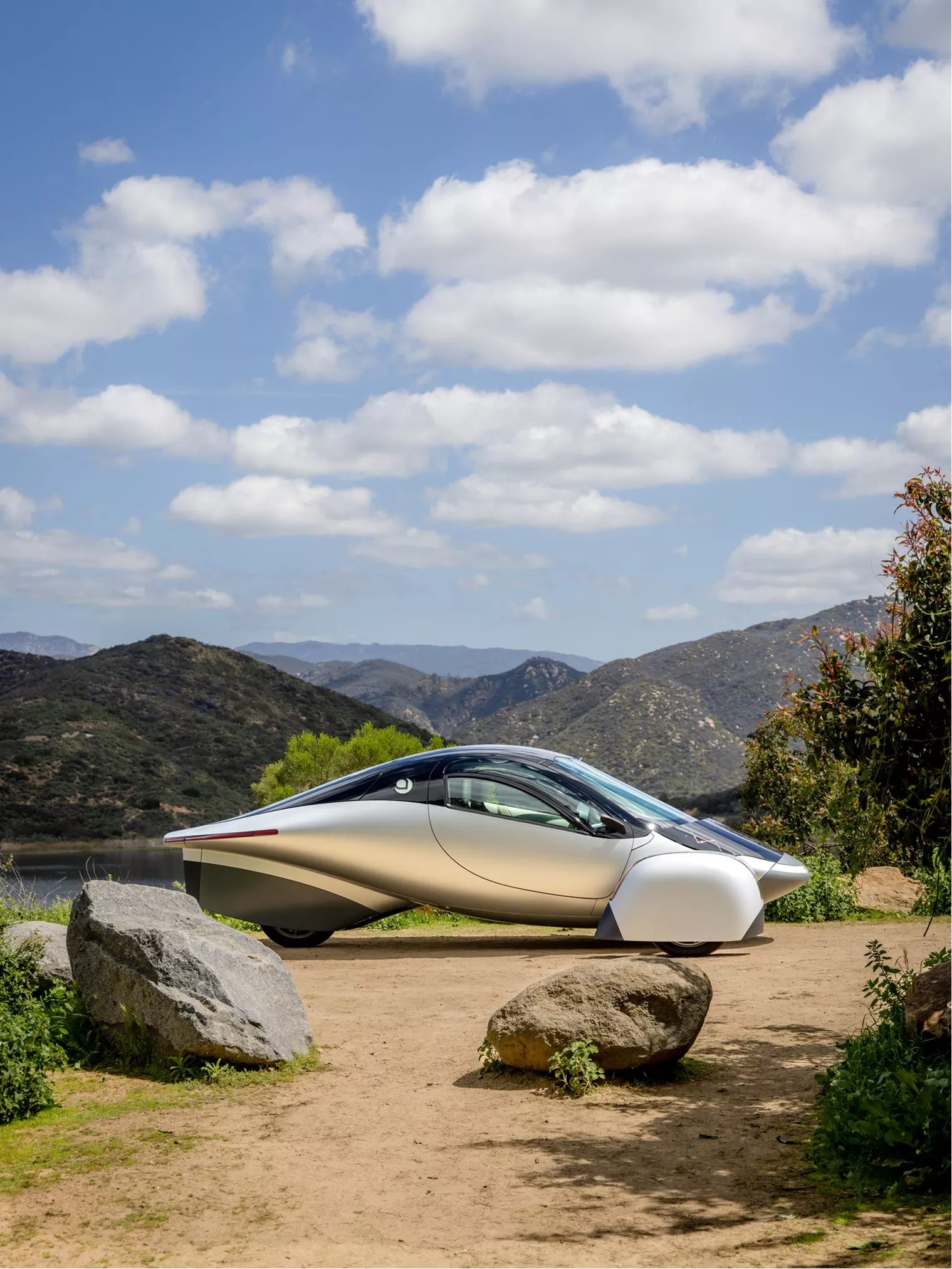
From EVs and batteries to autonomous vehicles and urban transport, we cover what actually matters. Delivered to your inbox weekly.
Toyota is launching a new electric SUV built for drivers who spend as much time on gravel as on pavement. The bZ Woodland, set to arrive in North America in early 2026, combines all-wheel-drive performance, off-road capability, and fast-charging tech in a configuration built around usage.
The Woodland is Toyota’s most powerful electric SUV to date, equipped with a 375-horsepower dual-motor AWD system. It runs on a 74.7 kWh lithium-ion battery and targets 260 miles of range.
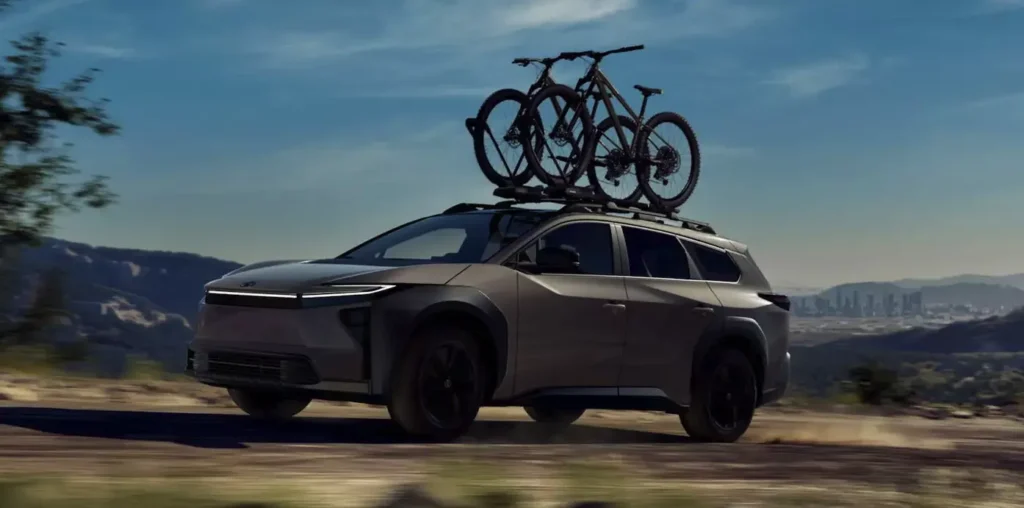
The vehicle supports Plug & Charge and uses the North American Charging Standard (NACS), offering access to Tesla’s Supercharger network. Battery pre-conditioning enables a 10–80% charge in about 30 minutes, even in cold conditions.
Designed to be loaded and driven hard, the bZ Woodland offers 8.3 inches of ground clearance, a 3,500-pound towing capacity, and optional all-terrain tires.
It’s nearly six inches longer and almost an inch taller than its bZ sibling, with more than 30 cubic feet of cargo space and a wide-body stance aimed at real hauling and real dirt.
Exterior hardware includes roof rails, 18-inch aluminum wheels, black overfenders, and a full-width LED light bar. Inside, it comes standard with SofTex heated seats, a 14-inch touchscreen, dual wireless charging pads, and multiple USB-C ports. A premium package adds JBL audio, a panoramic glass roof, ventilated front seats, and a radiant heater.
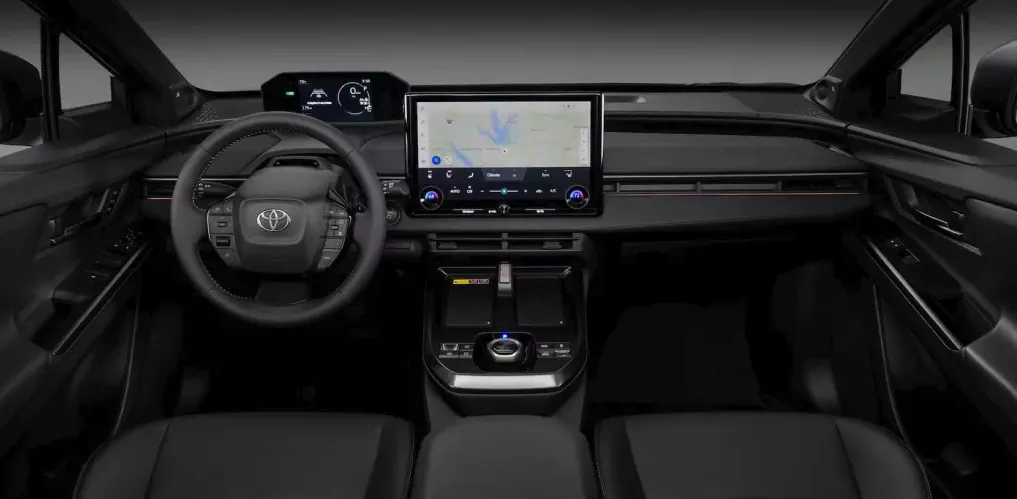
Driver assistance systems are bundled in Toyota Safety Sense 3.0, including adaptive cruise control, lane tracing, pedestrian detection, blind spot monitoring, and a panoramic view monitor with multi-terrain modes. Regenerative braking can be tuned with steering wheel-mounted paddles.
Toyota isn’t pitching this as a halo product or an EV experiment. The bZ Woodland is a production SUV aimed at families and outdoor users who want battery-electric drive without sacrificing traction, cargo space, or reliability.
It reflects a shift toward EVs with purpose-specific hardware, where capability matters as much as kilowatt-hours.
Sales begin in North America in early 2026, with a Japan launch (as the bZ4X Touring) following in spring. Toyota is not leading the EV curve in volume, but with products like the Woodland, it’s putting real-world needs at the center of its rollout.